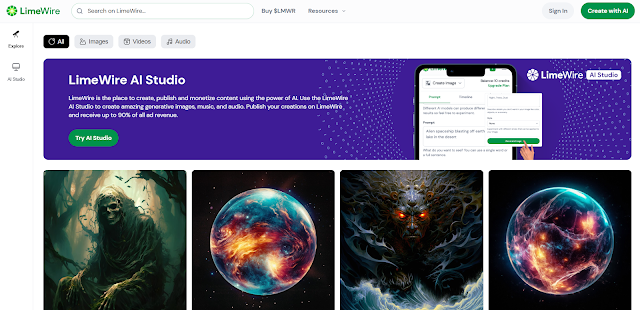Create and Design your own Arduino Nano in Altium Designer
Create and Design your own Arduino Nano in Altium Designer
Learn Printed Circuit Board (PCB) design by creating your own Arduino Nano in Altium Designer.
What are the requirements?
- A decently fast internet connection to download once-off +-3 Gigabytes file for Altium Designer (I show you where to download Altium Designer).
- Time, Dedication and Patience to learn and implement new knowledge.
- A PC that meets the minimum requirements of Altium Designer - Windows 7/8/10 32-bit Intel® Core™ i3 processor or equivalent 4 GByte RAM 3.5 GByte hard disk space (Install + User Files) Intel integrated graphics HD4000 or equivalent, supporting DirectX 9.0c and Shader model 3 (or later) Main monitor 1280x1024 screen resolution, Adobe® Reader® (8 or later) Internet Connection Up to date Web browser Microsoft Excel (required for Bill of Materials templates)
- A licence or 30 day trial licence (I show you how to obtain a FREE 30 day trial licence) This course can be completed in less than 15 Days if you are persistent. The 30 days also serves as motivation so you do not procrastinate in your goal to finish this course
What am I going to get from this course?
- Over 22 lectures and 2.5 hours of content!
- Create an design a custom Arduino Nano in Altium Designer
- Create their own custom components and component library
- Draw the schematic of an Arduino Nano and wire components
- Compile design detect and eliminate design errors
- Define board shape and size
- Route Printed Circuit Board (PCB)
- Use to the autorouting capabilities to speed up the routing process
- Use design rule checker to eliminate errors and reduce manufacturing board iterations
What is the target audience?
- Learn basic to intermediate PCB design
- Want to create your own custom Arduino Printed Circuit Board (PCB).
- Want to get a job in PCB design
- Want to learn Altium Designer in the shortest possible time.
- Want to get started creating cool gadgets
- Have a tech kickstarter idea, that you want to get of the ground

Comments
Post a Comment